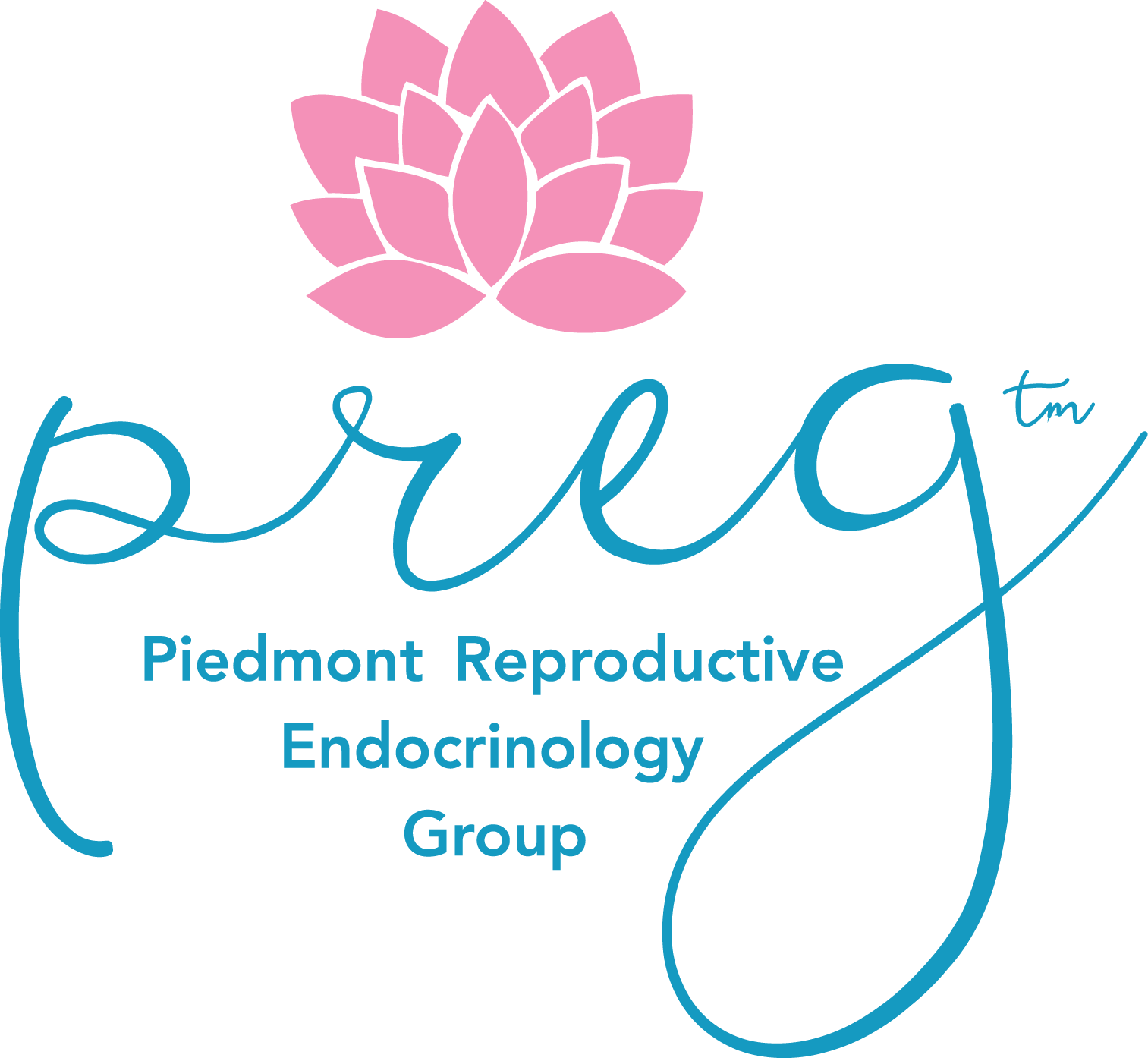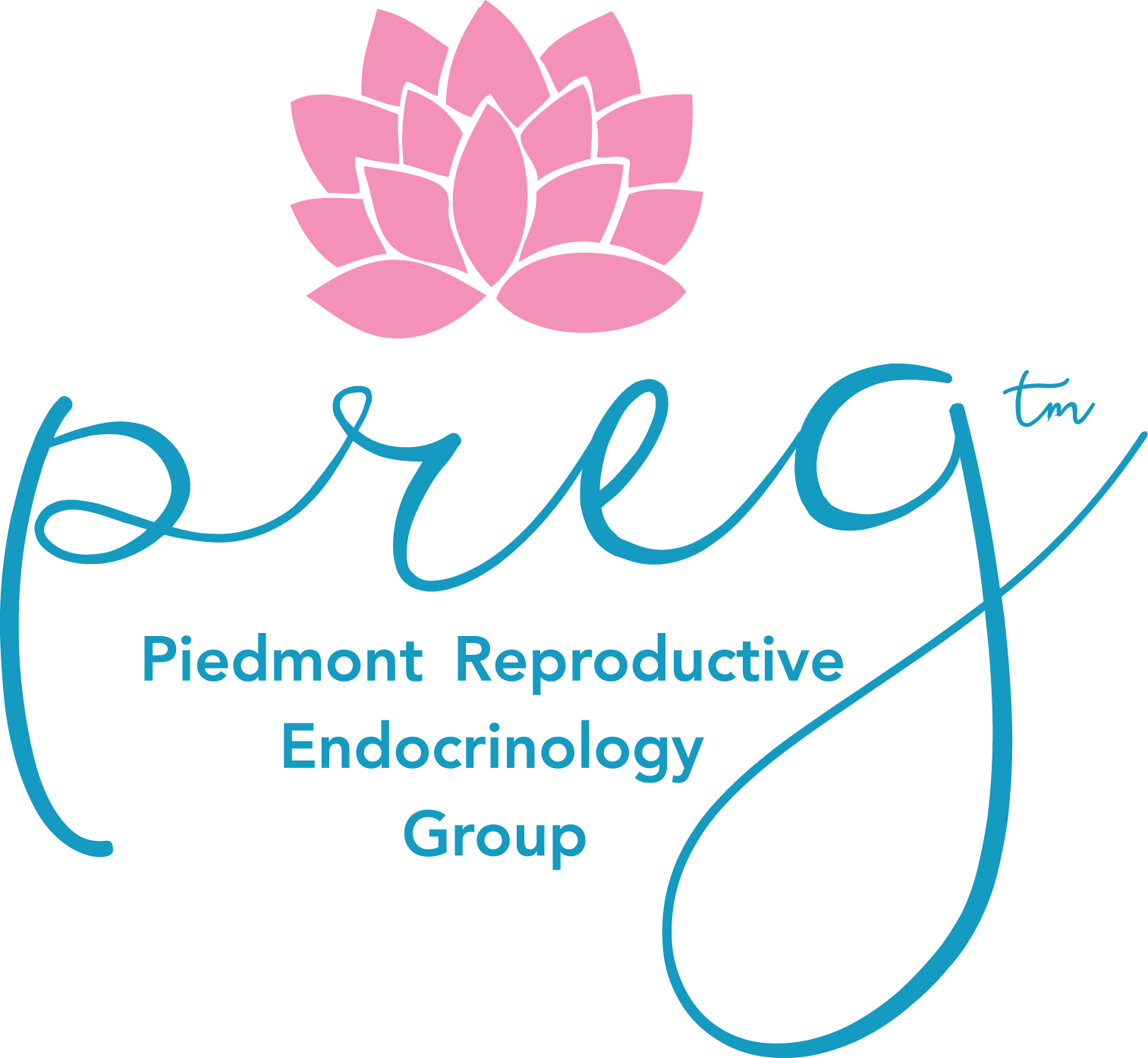YOUR CYCLE
Until you were ready to have a baby, how your menstrual cycle works was probably limited to it happens about once a month. But the reality is, in order to achieve a successful pregnancy, you have to know the timing of your personal cycle. Let’s break it down.
Most cycles last about 28 days and can be broken down into three phases:
The Follicular Phase – Cycle Days 1-13
During this phase your brain releases a hormone known as FSH (follicle stimulating hormone) which stimulates the follicles, or egg sacks, inside your ovaries to grow.
The Ovulatory Phase – Approximately Day 14 or Mid-cycle
Your ovulatory phase begins when one follicle has developed and the hormone levels surge, causing one of your ovaries to release a mature egg. The egg will travel down into the fallopian tube for fertilization by the sperm. A woman will normally ovulate only one mature egg each month. During this time a woman has the best chance of getting pregnant. Determining the timing of ovulation can be a little tricky as many women do not have regular 28 day cycles. When trying to get pregnant, careful monitoring is important to make sure you do not miss the critical timing of ovulation.
The Luteal Phase – Cycle Days 15-28
During this phase, the follicle that released the egg produces the progesterone needed to thicken the lining of the uterus required for pregnancy.
Fertilization
Your highest likelihood of pregnancy can be achieved when you have intercourse or undergo an insemination during the ovulatory period. The sperm will travel from the vagina through the uterus into the fallopian tubes to fertilize the egg. For fertilization to happen you will need to be ovulating on a regular basis, your tubes have to be open for the egg and sperm to meet, the sperm will have to be normal and your progesterone will have to be high enough to support a pregnancy. Isn’t the human body an amazing creature!



